Evolving Fashion Trends
Fashion trends are evolving to accommodate the needs of pregnant and nursing women, thereby influencing the Maternity And Nursing Bra Market. Designers are increasingly focusing on creating stylish yet functional nursing bras that cater to the aesthetic preferences of modern mothers. This shift is evident in the introduction of various designs, colors, and materials that appeal to a broader audience. The market has seen a notable increase in the availability of fashionable nursing bras, which has contributed to a rise in sales. Recent statistics suggest that the maternity apparel market, including nursing bras, is expected to reach a valuation of over 3 billion in the coming years, highlighting the importance of style in this segment.
Technological Advancements in Fabric
Technological advancements in fabric and design are significantly impacting the Maternity And Nursing Bra Market. Innovations such as moisture-wicking materials, seamless construction, and adjustable features are enhancing the functionality and comfort of nursing bras. These advancements not only improve the user experience but also cater to the diverse needs of mothers. For instance, bras that offer easy access for breastfeeding while maintaining a stylish appearance are becoming increasingly popular. The integration of smart textiles that adapt to body changes during pregnancy is also gaining traction. This trend suggests a potential for growth in the market, as consumers are likely to gravitate towards products that combine technology with practicality.
Rise in E-commerce and Online Shopping
The rise in e-commerce and online shopping platforms is transforming the Maternity And Nursing Bra Market. With the convenience of online shopping, expectant and new mothers can easily access a wide range of maternity and nursing bras from the comfort of their homes. This shift has led to an increase in sales, as online retailers often provide a more extensive selection than traditional brick-and-mortar stores. Data indicates that online sales of maternity apparel, including nursing bras, have seen a significant uptick, with projections suggesting that e-commerce will account for a substantial portion of the market share in the coming years. This trend underscores the importance of digital presence for brands in the maternity sector.
Growing Demand for Sustainable Products
The growing demand for sustainable and eco-friendly products is becoming a crucial driver in the Maternity And Nursing Bra Market. As consumers become more environmentally conscious, there is an increasing preference for bras made from organic and recycled materials. Brands that prioritize sustainability are likely to attract a loyal customer base, as mothers seek products that align with their values. Recent market analysis indicates that the sustainable fashion segment is expanding rapidly, with a notable percentage of consumers willing to pay a premium for eco-friendly options. This trend not only reflects changing consumer preferences but also presents an opportunity for brands to differentiate themselves in a competitive market.
Increasing Awareness of Maternal Health
The rising awareness regarding maternal health and wellness is a pivotal driver for the Maternity And Nursing Bra Market. As more women prioritize their health during pregnancy and breastfeeding, the demand for specialized products, such as maternity and nursing bras, has surged. This trend is reflected in the increasing number of educational campaigns and resources available to expectant mothers. According to recent data, the maternity wear segment, which includes nursing bras, is projected to grow at a compound annual growth rate of approximately 6.5% over the next few years. This growth indicates a shift in consumer behavior, where women are more inclined to invest in products that enhance comfort and support during this critical period.


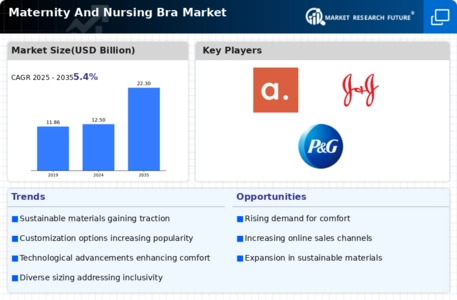
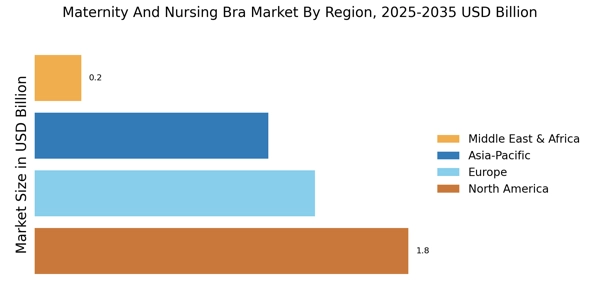
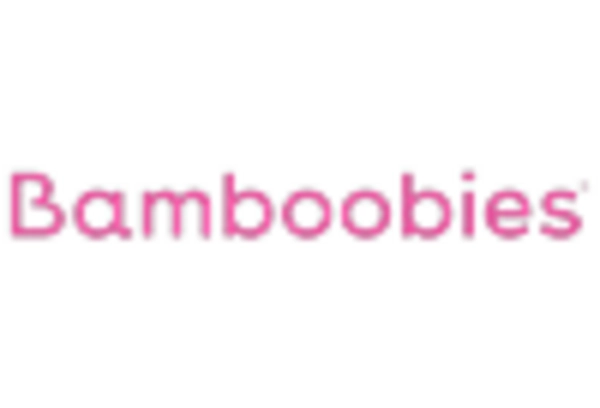
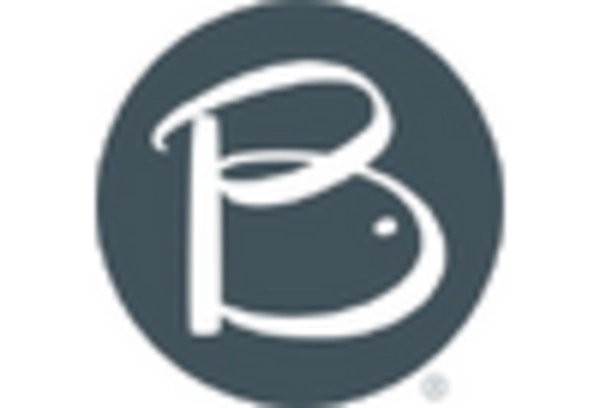
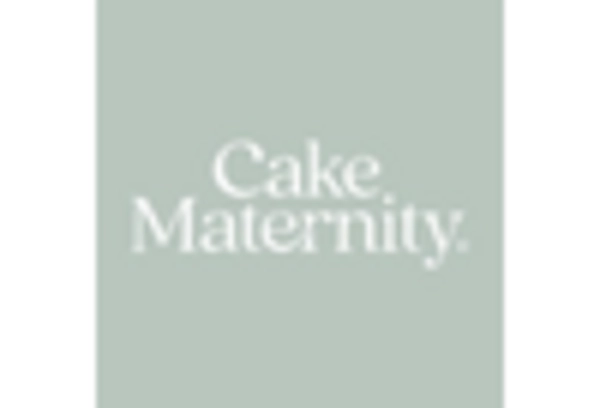
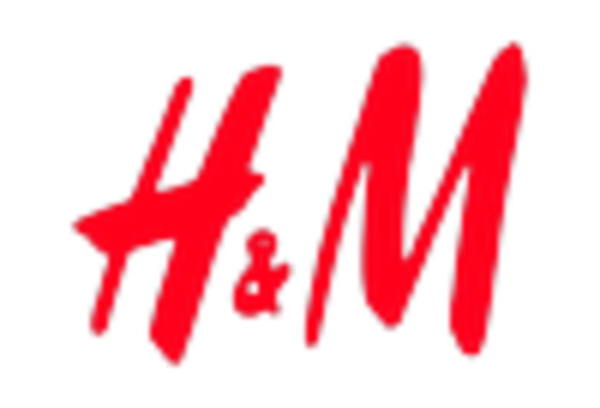
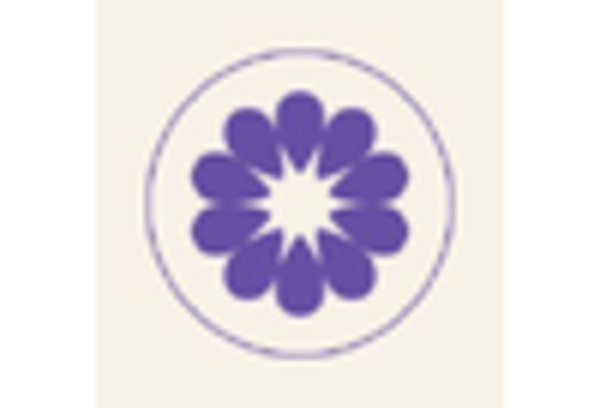
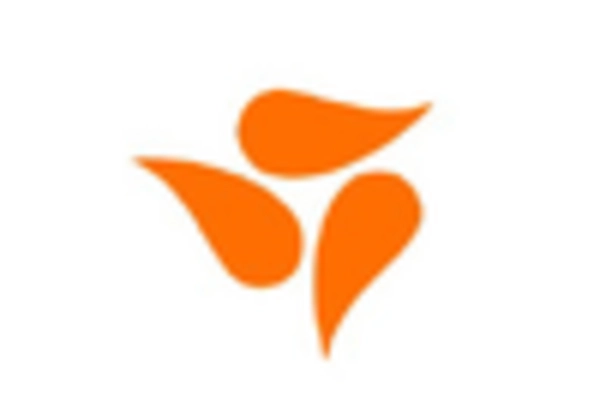








Leave a Comment